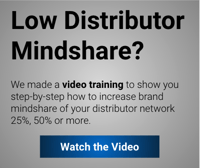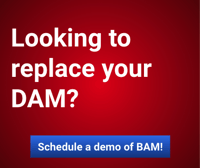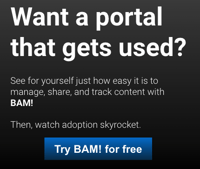After a product leaves our door, the dealers take over. They are the ones on the front line. They’re the ones who live with a product for its lifetime. They’re the ones the customers see. Although we offer financing and insurance, they arrange those deals for the customers. They’re out there making sure that when a machine is delivered, it’s in the condition it’s supposed to be in. They’re out there training a customer’s operators. They service a product frequently throughout its life, carefully monitoring a machine’s health and scheduling repairs to prevent costly downtime.
— Make Dealers your Partners, HBR 1996
Relationships are everything
The center of the business of equipment manufacturers is the relationship they have with their dealers. At the recent AED Summit in Las Vegas, we had the opportunity to see the power of OEM / dealer relationships first-hand. The conference floor included many heavy equipment manufacturers, dealers, and specialty service providers. Everyone took time to start or nurture business relationships that could offer strategic value to both parties.
Over the course of the week we had many conversations with dealers and OEM’s, and we observed more evidence of misalignment. This is unfortunate, unnecessary, and ultimately, counterproductive. By the very nature of their relationship with each other, OEM’s and Dealers depend upon each other – clearly, neither can be successful without the other. Dealers need a steady supply of high-quality equipment in their dealerships. OEM’s depend on dealers for their close customer relationships and feedback.
Why is there misalignment in the first place?
Despite there being every reason for high levels of OEM-Dealer alignment, there are many examples of the opposite, including:
- Lack of alignment on training (too difficult or costly)
- Lack of adequate sales and marketing collateral
- Lack of digital sales (enablement) tools and related support
In our work with manufacturers in trucking, we see a high degree of alignment between the OEM and their dealer channels. In part, this is due to a “dedicated” sales channel – in this specialized line of product, you don’t have dealerships selling all different brands. There is brand alignment, a narrow focus on product lines within a single brand family.
When your dealerships are selling many different brands of products, perhaps you would expect to see some brand conflict. This, in turn, can lead to a bit of misalignment and potentially even distrust.
The Basis of Trust, Explained
To understand how to reach great alignment and higher trust, we would do well to have a model for calibration.
In the trust equation,
Trust (T) = Credibility (C) + Reliability (R) + Intimacy (I) / Self-Motivation (S)
For OEM’s and Dealers, as in all relationships, trust is built up over time. It can also erode. Credibility, or “they know what they are talking about” is a key element of trust, especially in business. Reliability, or “they do what they say they are going to do” is important, too – trust disappears pretty quickly when people you rely upon don’t follow through on what they say they will do. Intimacy is about the safety and security you feel entrusting information to someone.
Of course, while the above elements are positive aspects of a high-trust relationship, there is also one significant detractor, namely “self-motivation.” Trust cannot be present in any significant measure if the people you are dealing with are only looking out for themselves.
We won’t bypass our dealers in good times for short-term gain or turn on them in bad times to avoid short-term pain – Caterpillar
So How Can OEM’s and Dealers Increase Levels of Trust?
Given the need for trust-building, in our work we have seen positive outcomes resulting from a possibly unexpected place: mobile sales apps. These tools, typically mobile and focused on sales enablement for dealers, have the potential to build trust and produce higher levels of alignment for a number of reasons. Specifically, these tools can:
- Reduce sales training time for reps by as much as 50%
- Provide on-demand sales and marketing collateral, online or offline (for more, see our post on how to reduce costs of print marketing collateral)
- Give sales reps real-time updates on product information and changes
In our experience, the key to building strong relationships with dealers starts with the OEM, unsurprisingly. When the OEM is strongly aligned with the sales channel, a rising tide lifts all boats.
We recommend in general that OEM’s provide training and the best possible sales collateral, as well as any other necessary tools, in order to help the dealers move product.
Conclusion
It’s not just about giving tools to dealers, although that is key in today’s ever larger and more complex digital tool landscape. It’s also about building high levels of trust, through credibility, reliability, and intimacy, while not betraying trust through excessive displays of self-motivation.
Ultimately, the key is this for heavy equipment manufacturers: you can’t make dealers sell your product, but by providing mobile sales tools, you can make your products easier for them to sell.
Additional Resources
- What is a mobile sales tool?
- Want to see how your dealer engagement stacks up to the industry? Get the Dealer Engagement Maturity Model
- Schedule a 30-minute Growth Session to learn more about how we help companies grow sales through their dealers and distributors


